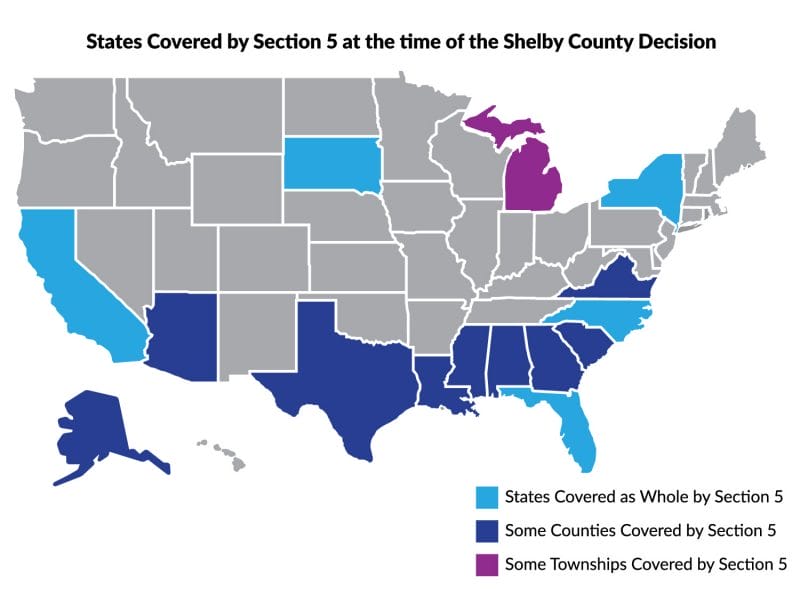education
Voter Suppression Today
Voter suppression is the practice of preventing eligible voters from voting, usually targeting specific voting groups. It includes efforts that are both legal and illegal, such as partisan redistricting known as gerrymandering. Typically, high voter turnout helps Democrats to win, while lower voter turnout tends to favor Republican candidates. Therefore, voter suppression is an electoral tactic that the right uses in some states to increase the chance of Republican wins.



